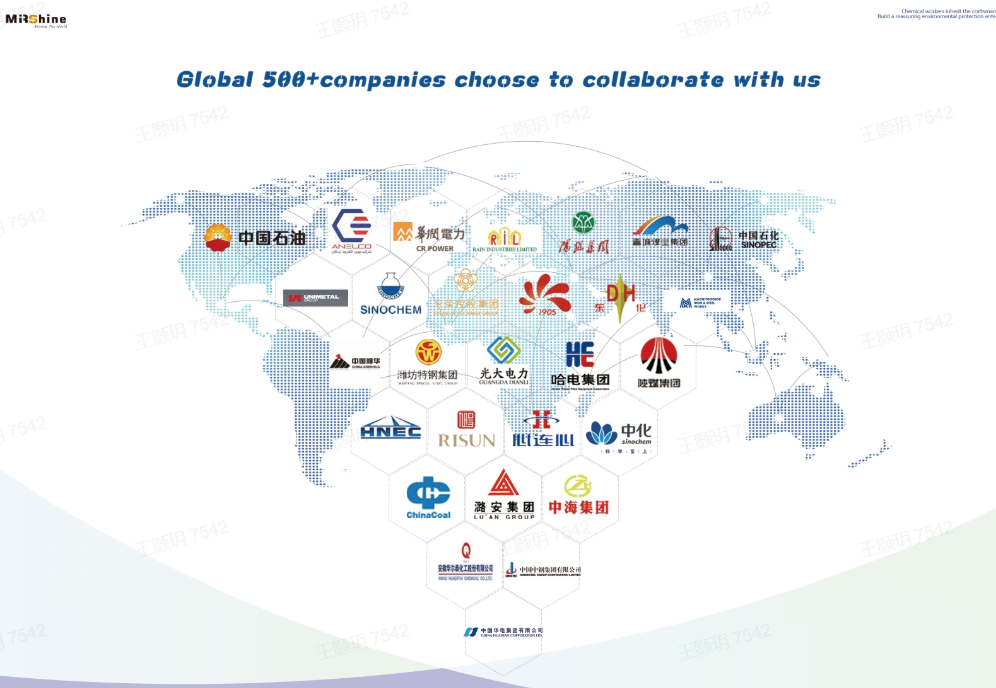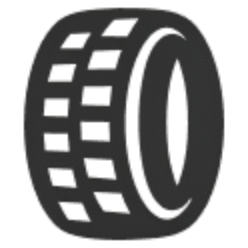regenerative thermal oxidiser
The Regenerative Thermal Oxidizer (RTO) is an advanced air pollution control system, designed to break down dangerous air pollutants and harmful volatile organic compounds (VOCs) emitted from industrial processes. Its main functions are to capture and treat exhaust gases before they are released into the environment--ensuring compliance with environmental regulations. Technological features of the RTO include high-efficiency heat exchangers for recapturing still more usable energy (fig. 8), a combustion chamber, and valves or other means to reverse the direction of flow for highest efficiency. The system is widely used in applications such as chemical manufacturing, paint and coating production, pharmaceuticals, and printing industries.


